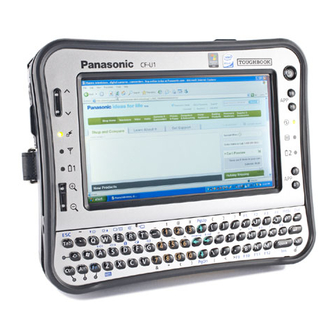Troubleshooting
Reading is not possible.
Cleaning the Reading Window
If the reading window is dirty, gently wipe the reading window with a cloth or a cotton swab
moistened with water.
Do not allow materials that can easily scratch the reading window to touch the window, such
as sandpaper or metal object. In addition, do not directly apply a liquid such as water, deter-
gent, or alcohol, on the surface of the window.
For parts other than the reading window, please read "Maintenance" in the Personal Com-
puter Operating Instructions.
Laser Devices
This equipment is using lasers that comply with US21CFR1040.10, 1040.11, EN
60825-1:1994+A2:2001+A1:2002 and IEC60825-1:1993+A1:1997+A2:2001 regulations.
The laser is a "Class 2" laser which is indicated on the label for this product."
Class 2 laser readers use a low power, visible light diode. As with any very bright light source,
such as the sun, the user should avoid staring directly into the light beam. Momentary
exposure to a Class 2 laser is not known to be harmful.
Caution-Procedures other than those specified herein may result in hazardous radiation expo-
sure.
Confirm the reading angle.
Confirm that the barcode is readable (without damage,
etc.).
Confirm the range for reading.
Be sure the reader is programmed to read the type of
barcode you are reading.
The distance from the reader to the barcode is impor-
tant. As a rule of thumb, a farther distance should be
used for a larger symbol to allow the raster pattern to
cover the symbol. In addition, a closer distance should
be used for a thinner symbol.
If the laser beam is not emitted even after the button is
pressed, confirm the remaining battery level.
Return the Barcode reader to the default setting.
5

